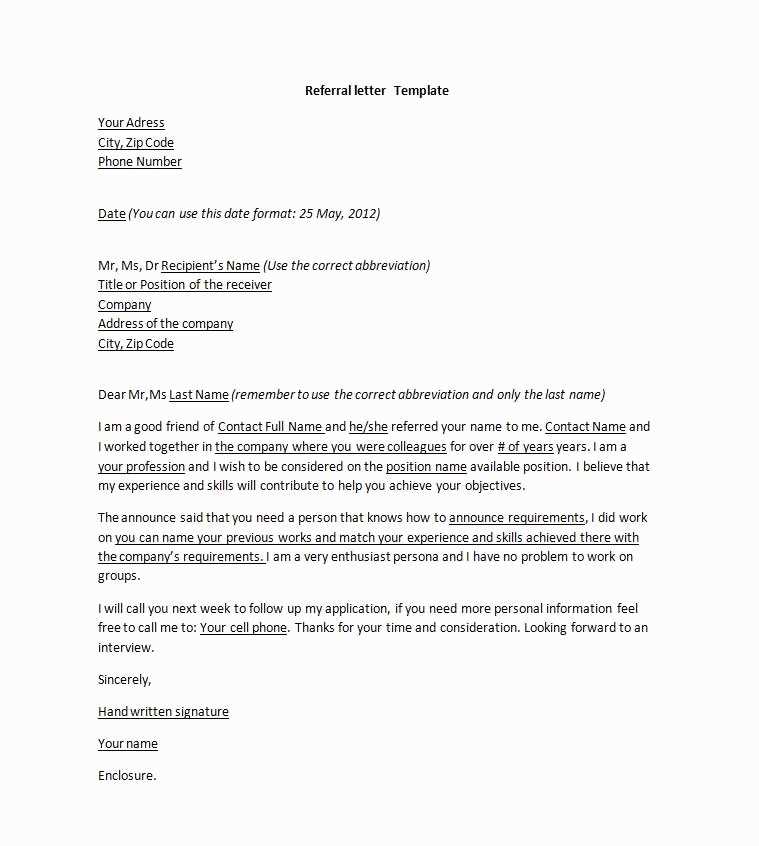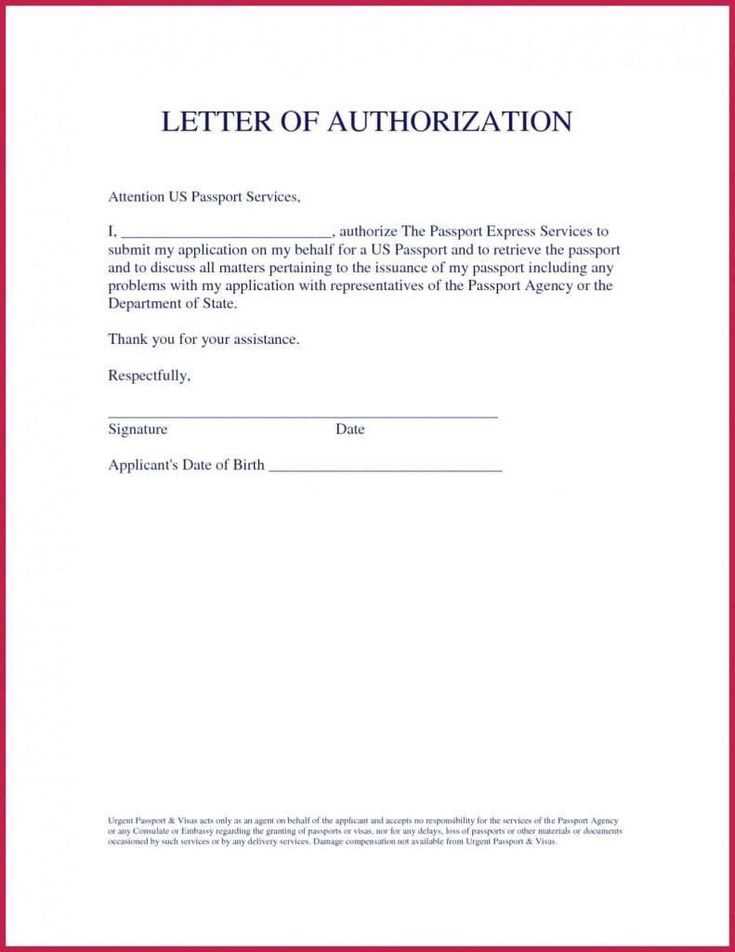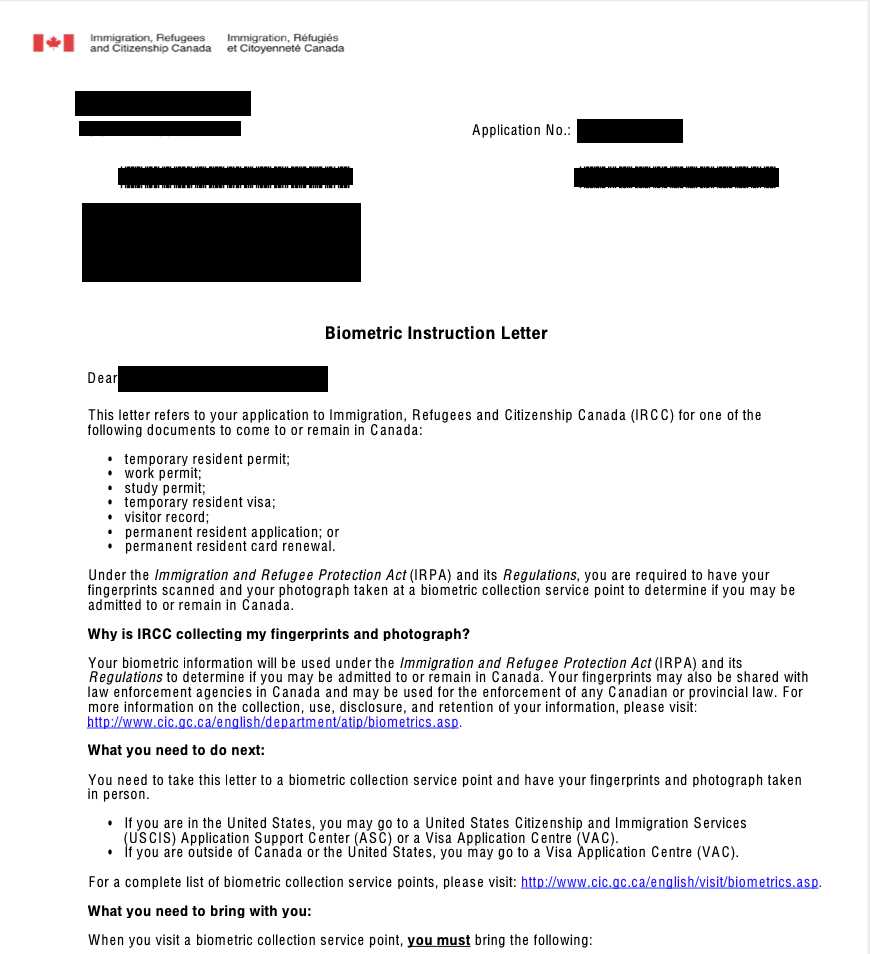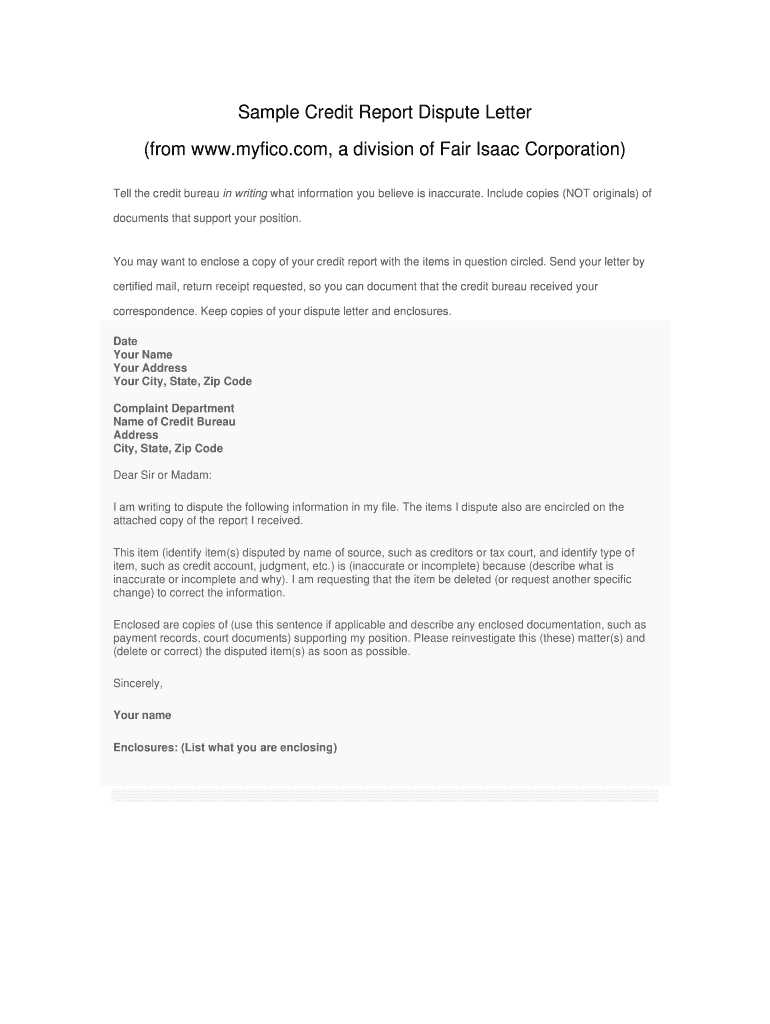Agency of Record Letter Template for Your Business

In business, having clear and well-defined agreements is crucial for establishing trust and avoiding misunderstandings. Formal contracts outline the roles, responsibilities, and expectations between parties involved, ensuring both sides are on the same page. Whether you’re entering a new partnership or solidifying a working relationship, these documents play a pivotal role in securing mutual understanding.
Creating a well-structured contract can seem challenging, but with the right approach, it becomes a straightforward task. A good document not only reflects the terms of the partnership but also protects the interests of both parties. This guide will help you understand how to draft such an agreement, ensuring clarity and professionalism in your business dealings.
What is an Agency of Record Letter
A formal document outlining a long-term professional relationship between a client and a service provider serves to clarify the expectations, responsibilities, and scope of work. It ensures both parties are aligned in terms of goals, deliverables, and legal obligations. Such an agreement is often used when one company selects another to handle specific tasks or manage particular services on an ongoing basis.
This type of written agreement formalizes the commitment between the client and the service provider, often including detailed descriptions of the terms of engagement. It offers a clear framework for the collaboration, ensuring that both parties understand their roles and the duration of the relationship. Ultimately, this document aims to prevent confusion and protect the interests of both sides throughout the business partnership.
Key Elements of an Agency Letter Template
When drafting a formal business agreement, certain components are essential to ensure that both parties understand their roles, expectations, and obligations. These elements help outline the specific services provided, the terms of the engagement, and the duration of the partnership. A well-structured document includes several key sections that provide clarity and avoid future disputes.
Clear Identification of Parties Involved
One of the first crucial details is the accurate identification of the parties involved. This section should clearly state the names and legal designations of both the client and the service provider. It sets the foundation for the agreement, ensuring that there is no confusion regarding the entities entering into the contract.
Specific Scope of Work and Responsibilities

Another vital element is a detailed description of the work to be carried out. This section should specify the services being provided, the goals to be achieved, and any specific expectations related to the partnership. By laying out clear responsibilities, both parties will know exactly what is required of them, ensuring smooth collaboration throughout the relationship.
How to Draft a Clear Agreement
Creating a well-structured agreement requires careful consideration of the terms, objectives, and responsibilities to ensure both parties are in full agreement. A clear document will reduce the risk of misunderstandings and create a solid foundation for the professional relationship. Proper drafting involves outlining key points in simple, precise language that both parties can easily understand.
Define the Scope of Work
The scope of work should be outlined in detail, ensuring there is no ambiguity regarding the tasks to be performed. Key components include:
- Specific services to be delivered
- Deadlines or timelines for each task
- Performance standards and quality expectations
- Additional responsibilities for both parties
Establish Terms and Conditions
To avoid confusion, it’s essential to define the terms and conditions governing the partnership. This section should include:
- Payment terms and schedule
- Duration of the relationship
- Termination clauses and conditions for ending the agreement
- Confidentiality or non-disclosure requirements if applicable
By covering these fundamental points in a clear manner, you ensure both parties understand their commitments and expectations from the start.
Legal Considerations for Agency Letters
When drafting a formal business document, it’s crucial to ensure that all legal aspects are properly addressed. This not only protects the interests of both parties involved but also helps avoid future disputes. A legally sound agreement must comply with local laws, industry standards, and any other relevant regulations to be enforceable in court if necessary.
Key Legal Elements to Include

Several legal components are essential to ensure that the document is both binding and comprehensive. These include:
| Element | Description |
|---|---|
| Jurisdiction | Specifies the location where any legal disputes will be resolved. |
| Dispute Resolution | Outlines the methods for resolving disagreements, such as mediation or arbitration. |
| Confidentiality Clauses | Protects sensitive business information and ensures both parties maintain privacy. |
| Termination Clauses | Defines how either party can end the agreement and under what conditions. |
Compliance with Legal Standards

Ensuring that the agreement adheres to the relevant legal standards is vital. This may involve reviewing specific industry regulations or seeking professional legal advice. Compliance guarantees that the document is not only valid but also fully enforceable, protecting both parties in case of a dispute.
Common Mistakes to Avoid in Templates
When creating formal documents, it’s easy to overlook certain details that can lead to confusion or even legal complications. A poorly crafted agreement can result in misunderstandings or disputes between the parties involved. To ensure that your document is clear, precise, and legally sound, it’s important to be aware of common mistakes and take steps to avoid them.
One frequent error is the failure to clearly define the terms of the agreement. Vague language or ambiguity can cause confusion and leave room for differing interpretations. It’s essential to be specific about the scope of work, timelines, and deliverables to avoid potential conflicts.
Another mistake is neglecting to include important legal clauses that protect both parties. Without proper clauses regarding confidentiality, payment terms, and termination conditions, the agreement may lack the necessary legal safeguards. Always ensure that all essential legal elements are included to prevent future issues.
Additionally, overlooking the need for periodic reviews and updates can render a document outdated or irrelevant. Business relationships evolve, and agreements should be revisited to reflect changes in terms, scope, or laws. Regularly reviewing your agreements ensures they remain accurate and enforceable.
Benefits of Using a Standard Template
Utilizing a standardized approach for drafting formal agreements offers numerous advantages. By relying on a proven structure, both parties can save time, reduce errors, and ensure consistency in every professional relationship. A well-designed format helps streamline the process and ensures that important points are never overlooked.
Time and Effort Savings
One of the key benefits of using a standard approach is the significant reduction in time spent on creating new documents. With a pre-established structure, you can quickly input the necessary details without needing to start from scratch each time. This efficiency allows for faster contract creation, enabling quicker negotiations and decision-making.
- Streamlines the drafting process
- Reduces time spent on legal review
- Increases overall productivity
Consistency and Accuracy
Another major advantage is the consistency and accuracy that comes with using a uniform format. A well-organized structure ensures that all the necessary components are included, helping avoid omissions or errors that might otherwise occur when creating documents manually. This consistency fosters trust and professionalism between the involved parties.
- Ensures uniformity across documents
- Reduces the risk of missing critical details
- Promotes clear and organized communication